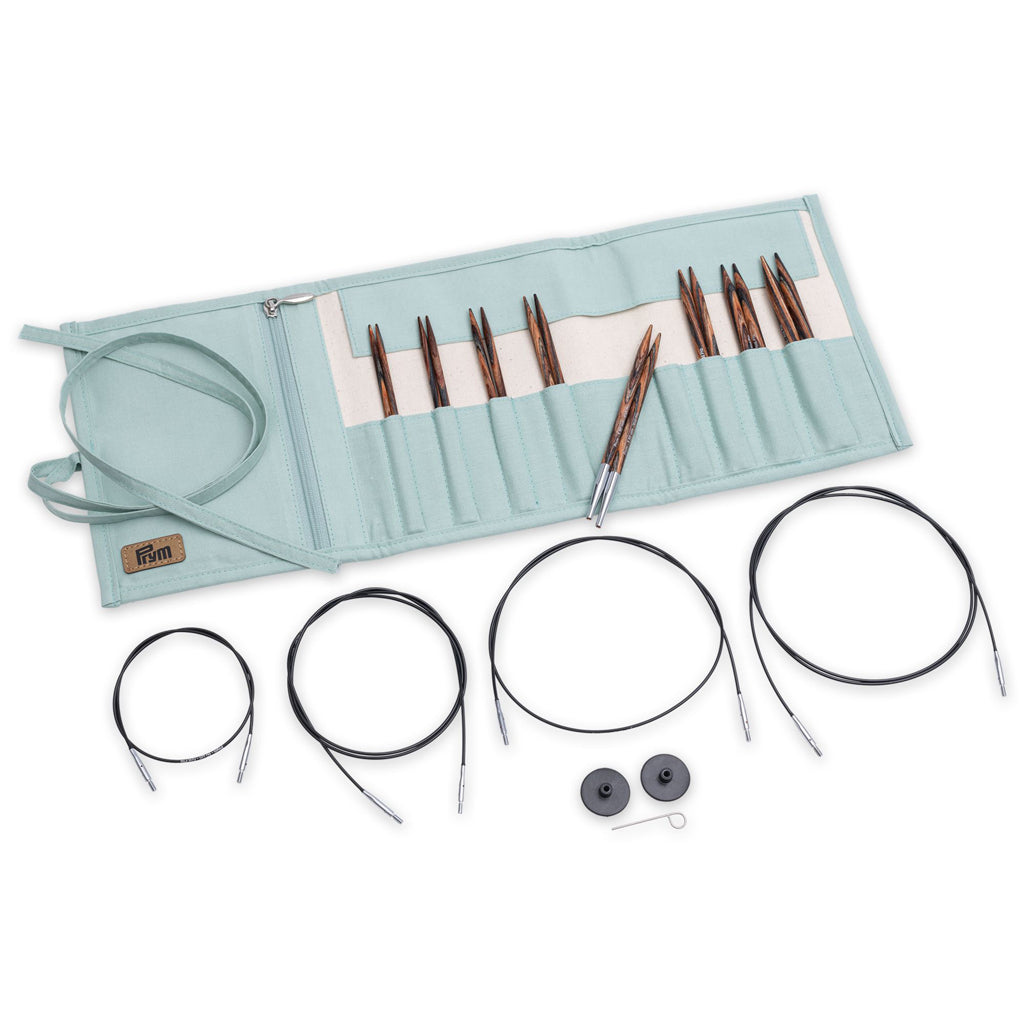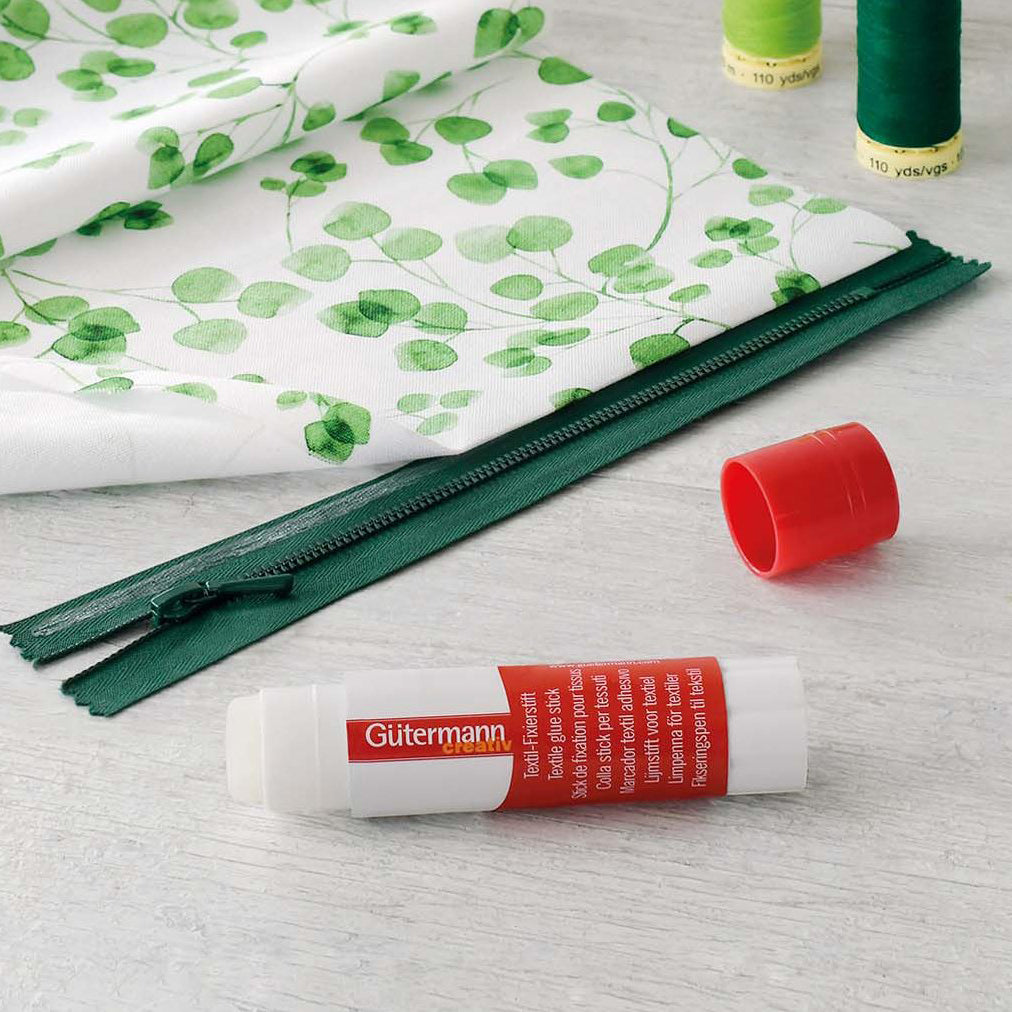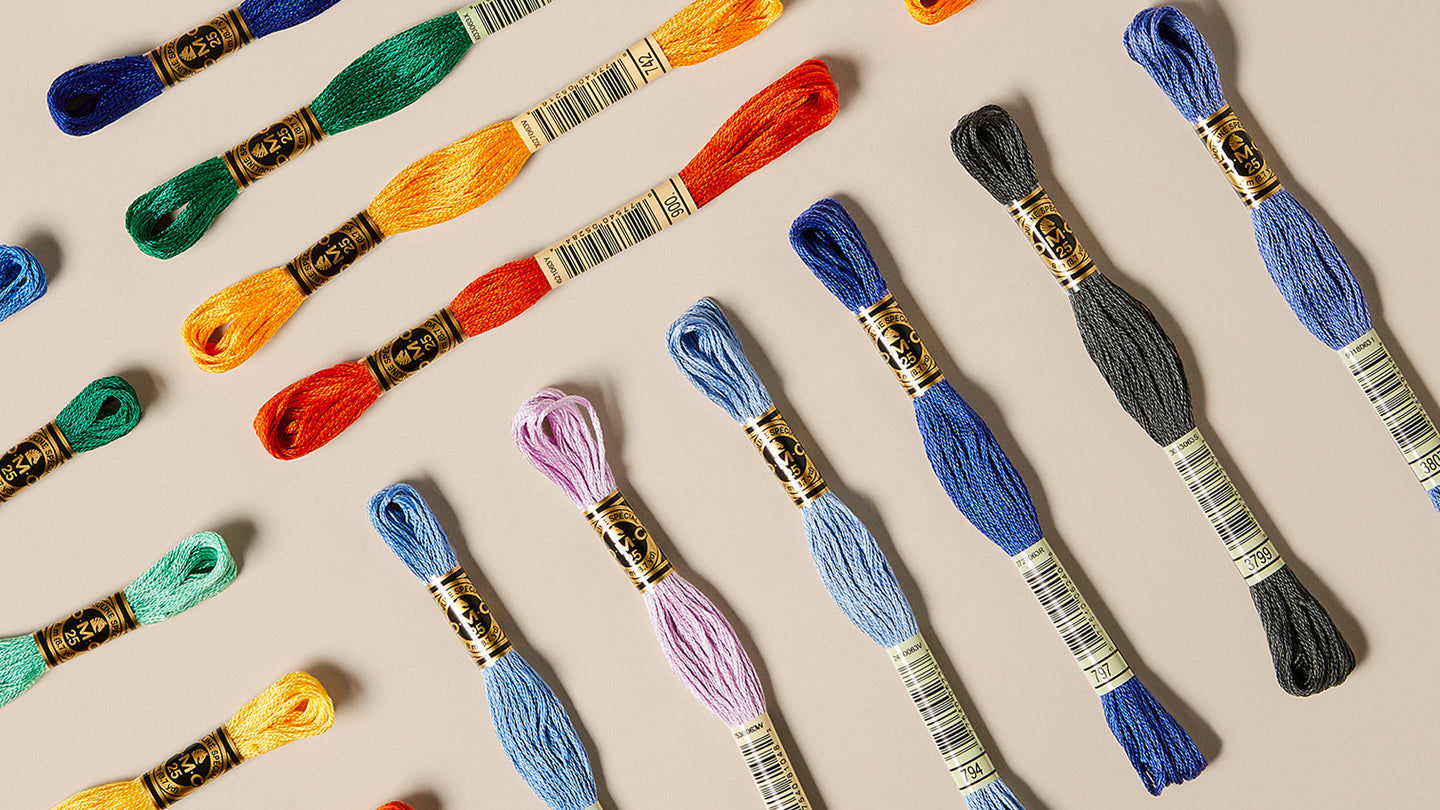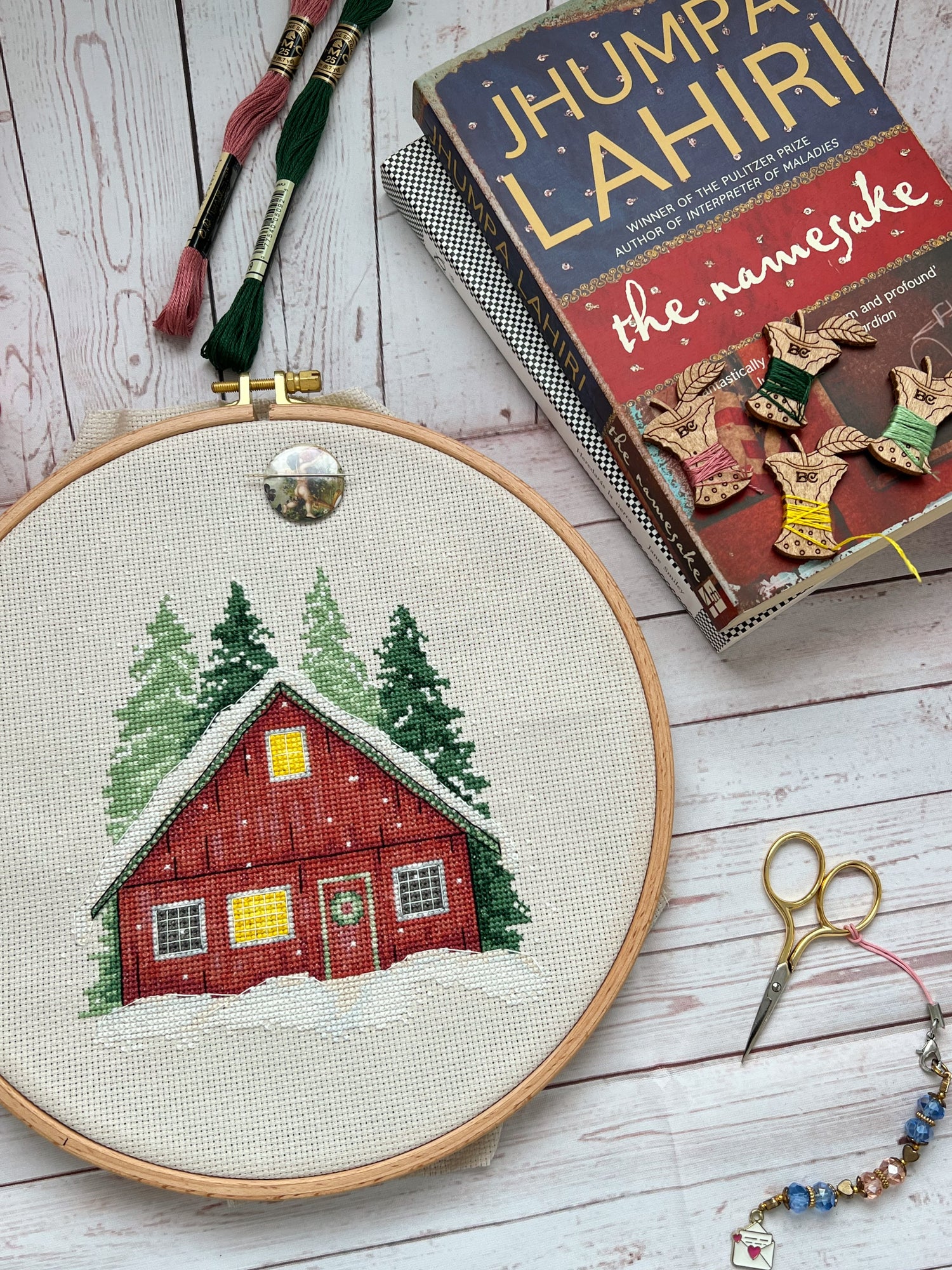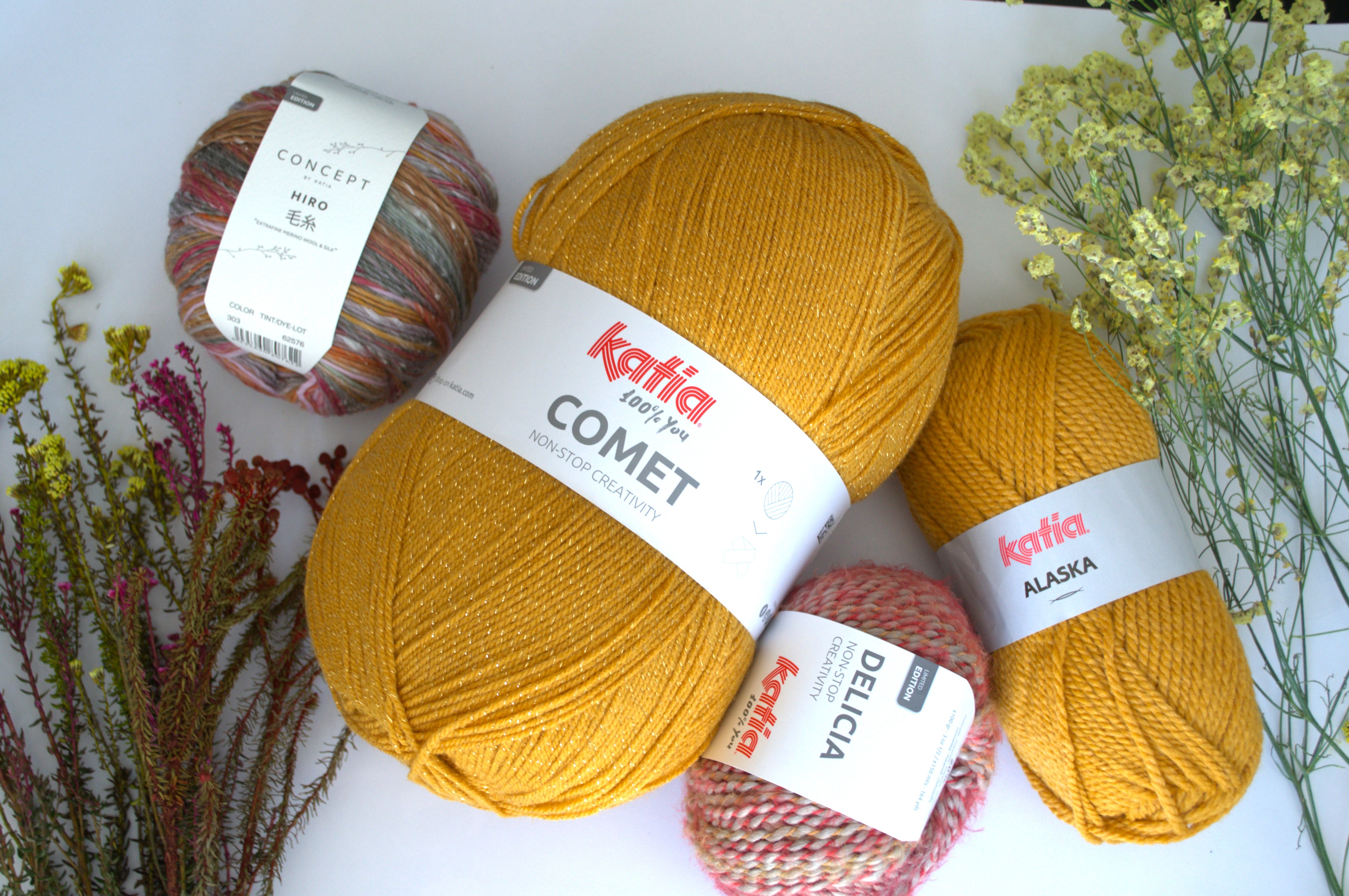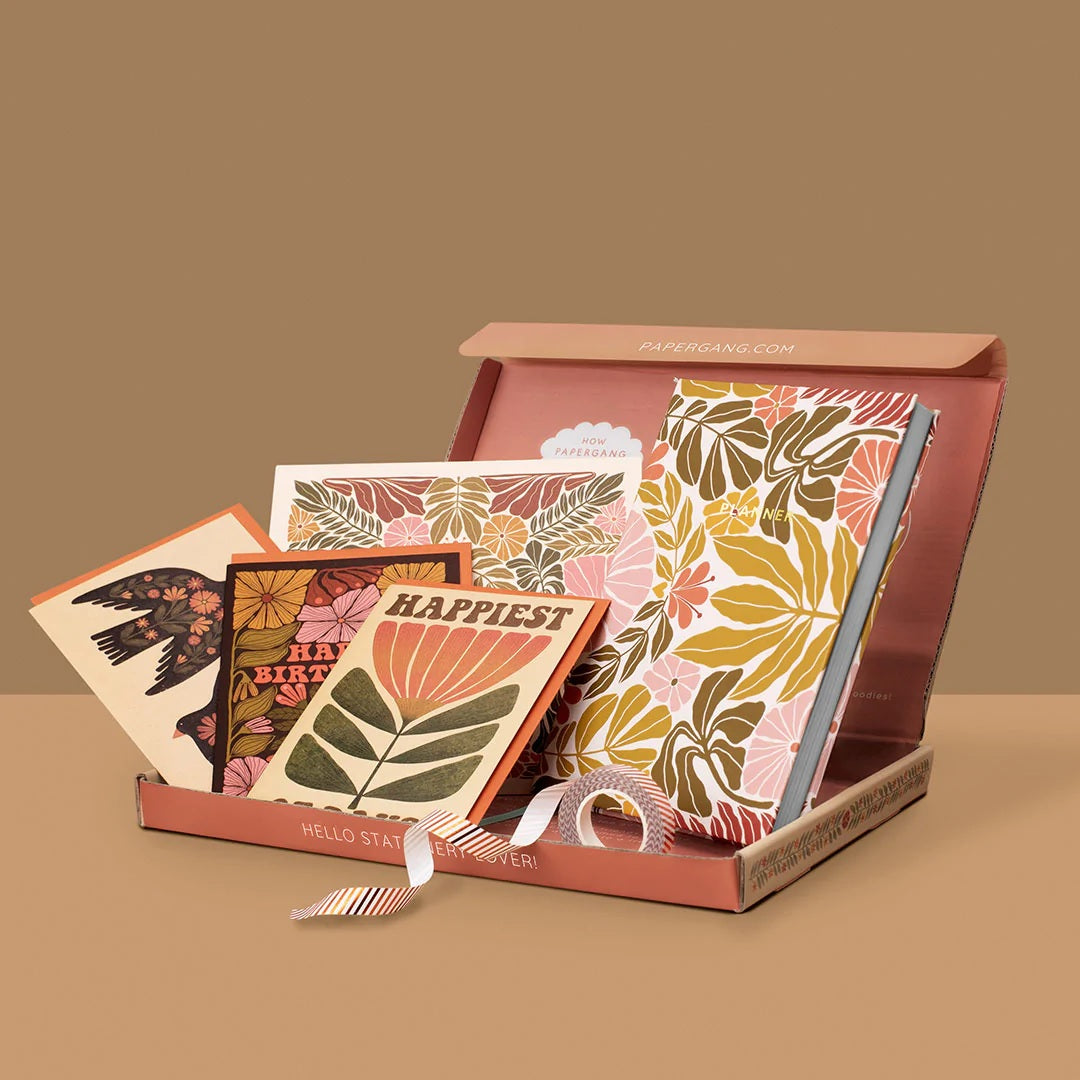My grandmother taught me to embroider and knit when I was 10 years old, to help me understand what I had missed in class and to do my homework. I perfectly remember my first jobs. I knitted some socks and then a scarf and then a hat. My mother still has my first embroidery, a rose with a bee where I got the color wrong and used blue instead of red in the shades of the flower.
As a child I didn't practice beyond my "homework" assignment at school, I was busy trying other hobbies. It wasn't until recently in my adulthood, when I took up embroidery as part of a marketing project, that I realized that I like it. When I sit down to embroider my mind effortlessly goes blank and I focus only on following the instructions.
Also, there seems to be a new international interest in needlework and other crafts, even among younger people like me. JANE E. BRODY tells us in her New York Times article "The Health Benefits of Knitting" that, according to the Craft Yarn Council of America, one-third of American women ages 25 to 35 now knit or crochet. Even men and boys join this community of weavers and embroiderers, including my acquaintances and those of the family.
In "The Relaxation Response," Dr. Herbert Benson of Massachusetts General Hospital says that the repetitive action of sewing can induce a state of relaxation not unlike that achieved through yoga and meditation. Once the learning phase is over, the work of knitting and crocheting can lower heart rate and blood pressure, reducing harmful cortisol levels in the blood and with it stress.
And it is that the work of knitting, crocheting and embroidery bring serious benefits for physical and mental health. They improve the ability to concentrate, reduce stress, improve hand-eye coordination, as well as the mobility of the fingers, keeping them healthy and flexible, and can even improve math skills in children.
Research by Royal United Hospital Bath concluded that cross stitching lowers cortisol and increases serotonin and dopamine in the brain, hormones that help you feel good. Betsan Corkhill, a wellness coach in Bath, England, explored the possibilities of 'knitting as therapy'. Among their respondents, 54% of people with clinical depression said that knitting made them feel happy or very happy. In another study of 60 self-selected people with chronic pain, participants said that knitting allowed them to focus on something else and take their minds off the pain. They suggested that the brain can focus on a limited number of things at once, and that activities like knitting and crocheting distract the brain from pain signals.
In short, wonderful activities to teach yourself or the younger generations. And if you are not very good at meditating, like me, here is your excuse to start embroidering.
Readings and mentions:
-
Betsan Corkhill, "Weaving Health: Create a flexible mind and help maintain your well-being." You can also visit Stitchlinks
-
Jane E Brody, “The Health Benefits of Knitting” article for the New York Times
-
Dr. Herbert Benson, “The Relaxation Response”

